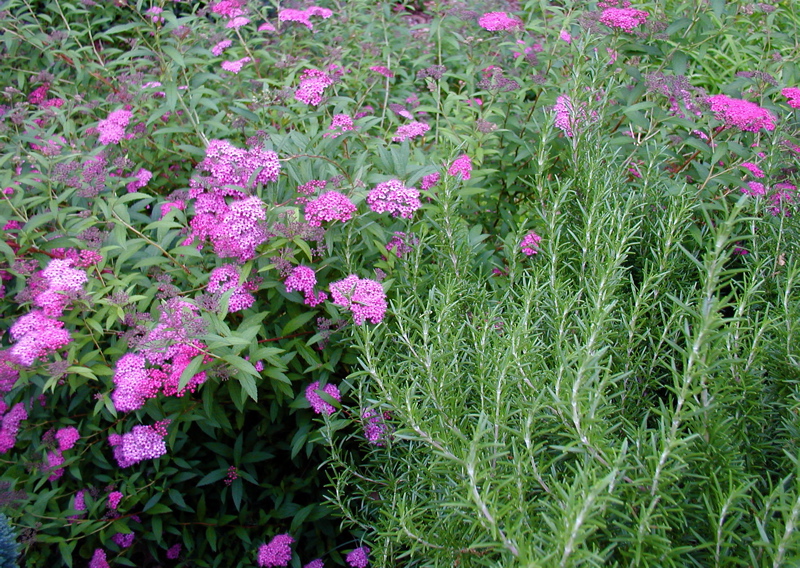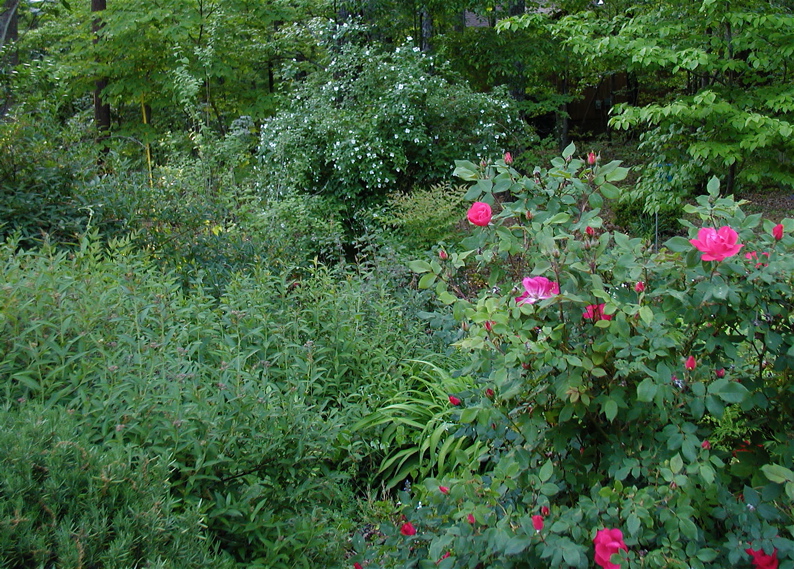Chemical Warfare and Other Ways Plants Defend Themselves
 Thursday, August 5, 2010 at 3:30PM
Thursday, August 5, 2010 at 3:30PM A nasty bug eyes a healthy plant. The leaves are luscious. A tasty meal, the bug thinks. It sinks its mouth parts into a leaf and begins to chew.


Is there any hope for the poor plant, rooted to its spot with no way of running?
You may be surprised at what happens. Plants are not as defenseless as we think! Plants actually protect themselves in multiple ways. Some defenses are obvious to us, such as spines or thorns. There may be a waxy cuticle on the leaves, making them tough to chew through, or they may contain sticky residues that gum up the body parts of predators. The leaves may have stinging hairs which burn.
Other defenses may be less noticeable to humans. When under attack, many plants produce chemicals that act as insect repellants or fungicides or else reduce plant digestibility to herbivores. Some plants are outright poisonous, containing strychnine or cyanide.
Yuck! The bug decides to try another plant instead.
But plants also begin to pump out a gas through their leaves that sends a message through the air to nearby plants, warning of the predator. The neighboring plants ramp up their defenses as well. Forewarned by the original plant, the next plant is already pumping defensive chemicals into its leaves when the bug takes a bite. Research shows that plants don't have to be related to communicate with each other. A corn plant may warn a bean plant of the invader!
Nasty stuff! The creature spits it out. The bug may have to wander more than fifty yards before finding a plant it can eat.
Plants may also launch a counteroffensive by calling on its insect allies. Say a bug chomps down. The plant begins to emit a chemical or odor that attracts friendly bugs. The natural enemies of the predator soon arrive to take care of the problem. The amazing thing about this is that the plant can even identify what kind of bug the predator is and emit different odor molecules to attract the appropriate ally.
Gardeners should know two things: First, about 95% of bugs are good guys, beneficial to the garden. Second, artificial pesticides or insect repellants may interfere with a plant's natural defenses, making them more susceptible to insect damage when the artificial chemicals wear off and creating a situation where the plants become "hooked' on the chemicals. There are some eco-friendly products that work by boosting a plants own defensive hormones and other organic products that minimize damage to the environment. The best defense really is a healthy plant, grown in good soil. Stressed-out, weak plants are less able to defend themselves. Have you ever noticed how grasshoppers thrive on draught stricken plants?
If you are interested in reading more about the astonishing world of plants and soil, you may like my previous posts:
How I Spent My Christmas Making Mortar
By the way, I don't know what's been eating my hosta and tropicana canna leaves shown above, but it is definitely not this snail!
 My new snail pot, just planted with corkscrew rush
My new snail pot, just planted with corkscrew rush



